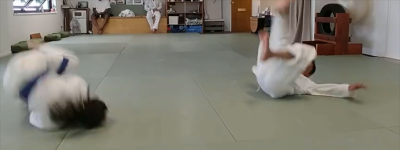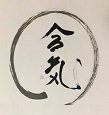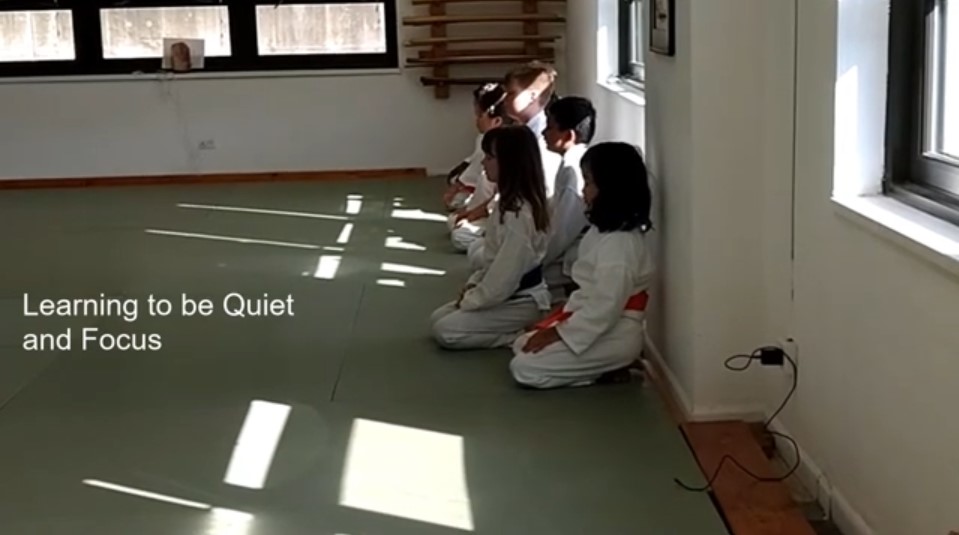Aikido is unique as a martial art. Designed as a way to bring peace to the world, the techniques teach how to stop an attacker without harming them from the beginning. For younger children with less self control and experience than their adult counterparts, this approach is a safer alternative.
Jose - age 50
My two children have now studied aikido 3.5 years as well. Their growth has been tremendous in life and aikido. Their confidence has blossomed. Steve Sensei teaches them philosophy as well even though some of the students are as young as 4 or 6 years old. They hear it over and over and at some level it is getting into their persona...We need to be aware of our surroundings and our environment in life, to slow down our pace. I feel Scarsdale Aikido has offered this to our family..
Jason - mid 40's
...I’m in my eighth year of training, as is my son...and my daughter is going on her fifth year. We have all grown immeasurably from our practice of Aikido at Still Mind...Aikido has practical applications in my regular work day, in raising my children, and even in being a volunteer firefighter. Its principles can be applied to all of life, aikido is not simply relegated to being a means of self defense...
Goku Homma on Teaching Children
"I have often asked myself, 'How can a person in my position - a fully "made-in-Japan" martial arts instructor who lives and teaches in the United States - provide the best possible method for teaching a traditional Japanese martial art to American children?' I have tried to look at the situation from both a traditional Japanese perspective and a contemporary American perspective..." (page 2 - 3)
"In many years of teaching Aikido for children, I have seen hundreds of children. Regardless of their ages and backgrounds, I have found that once they enter the dojo and participating in class, they all become - children. Children who run around the space, who jump all over, roll around, who get praised, who get scolded, who occasionally get into scuffles with other children, who make up, and again start running around. These children are at play. This play is a true learning place for them because they learn best when engaging in their natural behaviors
Using photos and illustrations it is possible to define what sorts of techniques and skills are used in Aikido. But the real value of Aikido training, I believe, is that it teaches students to deal with the kinds of situations they face in everyday lives..." (Page 7)
Children and the Martial Arts
An Aikido Point of view by Gaku Homma



